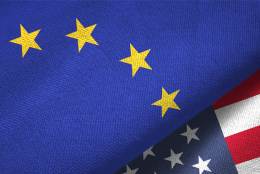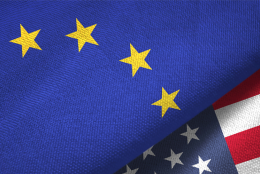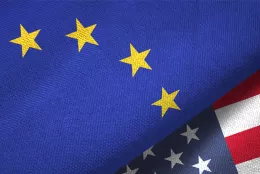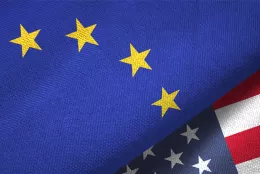Article

“Published after but filed before”: dealing with this kind of prior art - Obtaining an EP Patent - A crash course for the US applicant #8
“Published after but filed before”: dealing with this kind of prior art
A patent application having a filing date earlier than the filing date of another application in a same jurisdiction yet published on or thereafter may be considered as prior art. The qualification of prior art, as well as what is opposable (i.e. novelty and/or obviousness), will depend on the jurisdiction.
In US patent law, this category of prior art is defined under article 35 U.S.C. 102(a)(2). In Europe, it’s commonly called a “54(3) document” as it is defined under article 54(3) EPC.
Although the American Inventor Act (AIA) helped to align the US patent law towards the EP patent law, this kind of prior art does not have the same effects in the two jurisdictions, notably regarding inventive step.
The EP standpoint
The table below highlights how EP patent law differs from US patent law regarding conflicting patent applications.
Mains points to take into account is that in Europe auto collision is possible, but the document cannot be used for obviousness considerations.
| US patent law | EP patent law | |
| What kind of publication should the document be? | A US publication (patent or application) or a WIPO publication (designating US*) | An EP publication (patent or application) or a WIPO publication (designating EP*) |
| In case of a WIPO publication, should the document be in English? | No, since AIA. | No. |
| In case of a WIPO publication, should the conditions for entry into the national/regional phase be fulfilled? | No: the document becomes prior art as of its effective filing date when the PCT application is published. | Yes: the PCT applicant must have paid the required filing fee under Rule 159(1)(c) EPC and have supplied the PCT application to the EPO in English, French or German. |
| Should the document be “from another”? | Yes. The patent document must name "another inventor" (i.e., a different inventive entity). | No. The patent document can name the same inventor(s) (i.e. an auto-collision is possible). |
| Does the date of foreign priority counts? | Yes, since AIA. | Yes. |
| Is the document prior art when considering novelty only? | No. It is prior art when considering novelty and obviousness. | Yes. |
| Exceptions? | Yes, exceptions under 102(b)(2) apply. | No exceptions. |
* PCT applications filed on or after January 1, 2004 automatically designate the United States.
As an applicant, what should you do?
When you’re facing up with a conflicting application, always keep in mind that if such document is prior art in the United States, it may not be in Europe. The reverse is also true. Thus, the impact of such document on patentability may be completely different within the same patent family.
Therefore, be careful and always check the conditions listed in the table above to figure out if such document is actually a prior art. In the affirmative, do not forget that in Europe, it will be considered for novelty only, not for the inventive step.
References
- Article 35 U.S.C. 102(a)(2)
- Article 54(3) EPC
- Art. 153(5) EPC in conjunction with Rule 165 EPC
- EPC Guidelines G-IV 5.1



























